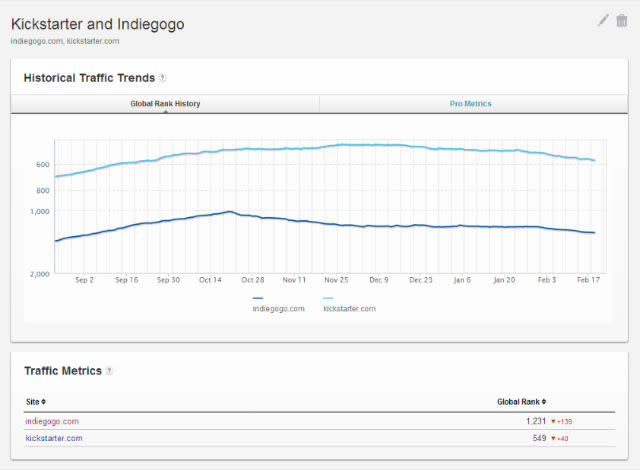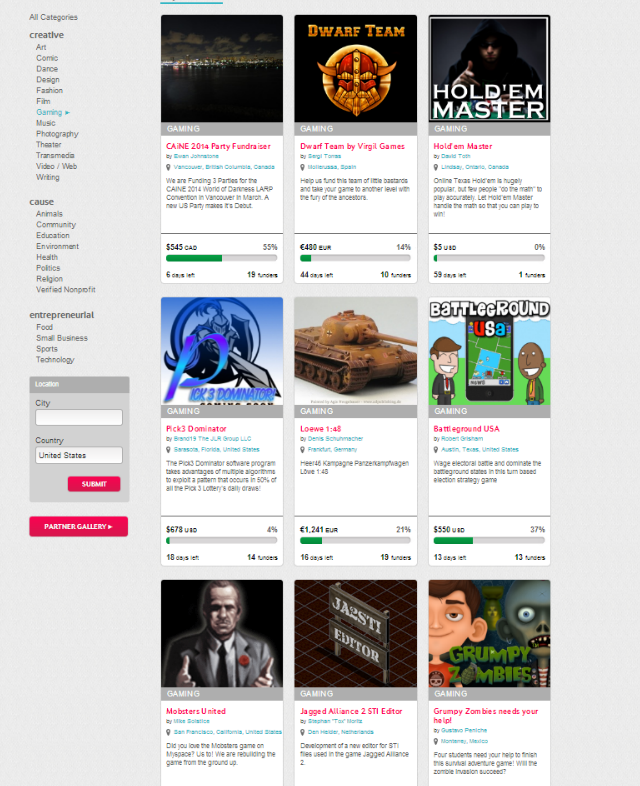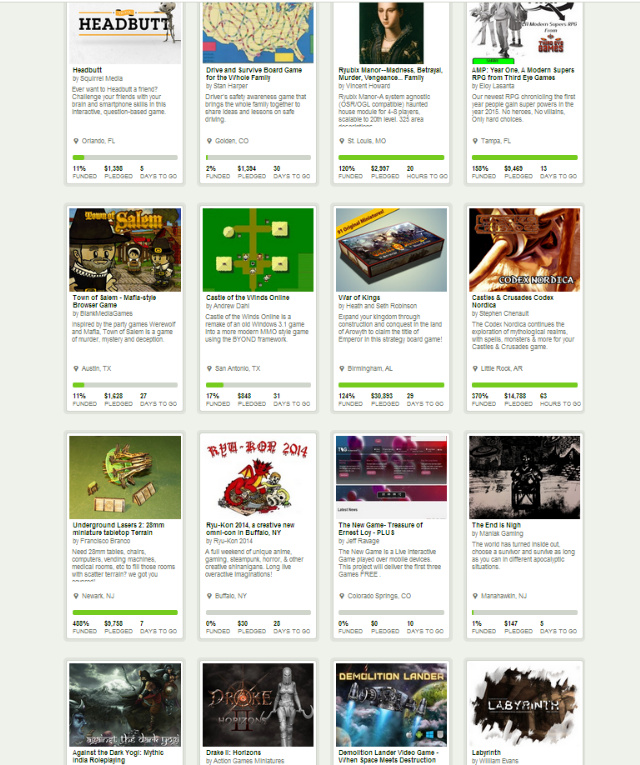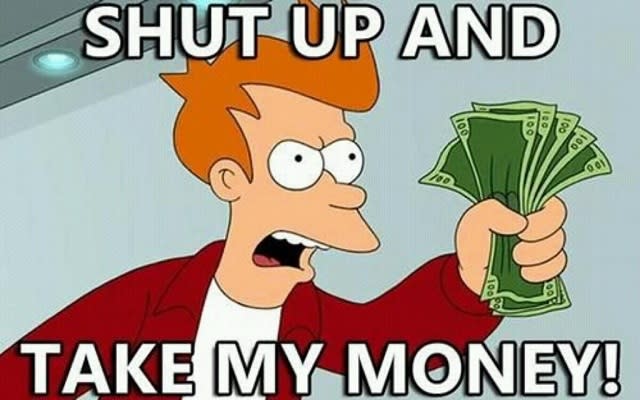The Asian developer’s dilemma: Kickstarter or Indiegogo?
Asia is in the throes of an indie gaming revolution. The rise of Google Play, the App Store, Steam and others have allowed smaller companies access to a global market. But, it’s not always easy to get a project off the ground and even a small game requires time, effort, and most importantly; money. It’s a tricky thing to get a small project financed but it’s getting easier. Only a few years ago the only way to get funded was to get into bed with a large company, or be one of the lucky few to get the investments needed.
The situation has changed and developers no longer need to pitch their concepts to other companies. With the help of platforms like Kickstarter and Indiegogo, they can pitch to gamers directly.
Kickstarter and Indiegogo have similar business models: they are facilitators for modern “art patronage.” Art patronage is an age-old system in which a wealthy patonron or patrons fun an artist. Kickstarter and Indiegogo expand allow thousands interested parties to do the same job. We refer to this system as “crowdfunding.”
Crowdfunding has had a massive impact on the games industry, funding titles like Broken Age, Republique and Wild Season. Kickstarter even helping to create the first Android-based console: the Ouya. And the crowdfunding model is already becoming popular in Asia.
But, things are not always as simple for Asian developers as they are for those in Western countries. Plus, making a decision between Indiegogo and Kickstarter can be tough!
Kickstarter or Indiegogo?
Let’s start with Indiegogo. The first thing to know is that Indiegogo is way smaller than Kickstarter and has less web traffic. According to Alexa, Kickstarter’s global ranking is 549 and Indiegogo’s is 1,231. This is a big difference and developers must take this into consideration before making a decision. Indiegogo still has respectable site traffic, but Kickstarter is definitely the more popular site.
Another issue is that Indiegogo’s website looks and feels and dated. It also has limited navigation functions and browsing not as easy as it should be. To test navigability, I tried to find Harold Cheng’s: RESPAWN without using the search feature. I couldn’t. I also noticed that their gaming page is seriously underpopulated and many of the projects on it have tenuous links to gaming. To show the difference in the content quality, I took screenshots of the 3rd page of both sites.
Indiegogo looked like this:
Kickstarter looked like this:
The differences are immediately obvious.
Getting on Kickstarter is not as simple as you think
Now, you might be thinking that Kickstarter has this in the bag. It looks better, feels better and it works better. But none of that is any good if you can’t get your project accepted, and at present that is difficult.
Kickstarter only accepts projects from the USA, UK, Canada, New Zealand and Australia. This makes it difficult for Asian developers to get a foot in the door. One company that could not make progress with Kickstarter was Singapore’s Witching Hour Studios. A rep described their experience with Kickstarter as “tedious…since not being in a country supported by Kickstarter means that we can’t even start.”
If you have your heart set on Kickstarter then there are ways and means to get your product out there. Philippines-based Sharen from the successful Wild Season Kickstarter expains that: “having lived previously in the UK, [she] was able to fulfill the necessary pre-requisites to run a Kickstarter.”
Kickstarter requires you to have a bank account in one of its supported countries. It sounds simple, but any foreign national who has tried to open a bank account in the UK or America can explain why it’s not. If your company is based in Asia, you need to a connection in one of those countries and you need to make sure that connection is legitimate.
Witching Hour says that it has received offers from two studios who offered to “host” its games. It declined because the game was nearing completion. There are ways (such as using a ‘host’ proxy like this) of getting onto Kickstarter, but I can’t say that I would recommend them unless you know exactly what you are doing.
However, Indiegogo has an open policy with regards to developer location. Unless you are on the USA’s sanctions list, Indiegogo can help you. In fact the only Asian country unable to use Indiegogo is North Korea (sorry, guys).
This is great, and in my opinion something that Asian developers should consider supporting. I asked Harold Cheng, author of the book Respawn: A Gamer’s Guide to Life, Love and Destoying your Enemies (Indiegogo campaign ongoing) about his experiences with Indiegogo. He was positive about his experience and would “definitely” recommend Indiegogo to others.
In terms of customer support and ease of use, both companies have excellent reputations. All the developers we have spoken to say they would recommend their chosen platform to other developers. This is even true of those whose project did not receive funding. Even Witching Hour Studios was “surprised [Kickstarter] haven’t set up shop in Singapore ” rather than angered.
Indiegogo’s “flexible” option might be the one for you.
Kickstarter is an all or nothing deal, if your project fails then the money your customers pledged is returned to them and you leave empty handed. Indiegogo offers a “flexible” option, meaning that developers can take whatever money they make.
Obviously this system has pros and cons. If you are a developer and you raise $10,000 of the original $50,000 then that is a disappointment, but you still get that $10,000 and that can mean the difference between life and death for your project. One thing to be aware of is that if your “flexible” project fails, then you pay Indiegogo 9% instead of the 4% if it’s successful. Obviously this is something that is individual to every developer, but if you are not so certain of your audience or not certain of the depth of their pockets, then this may be the option for you. Whatever you decide, options are always good and Indiegogo has more, making it a win in my book.
Which is best for you?
Kickstarter is the better option for most developers. It’s difficult to argue that Indiegogo has any advantages. other than the fact that it allows developers from Asia to be from Asia. But, this support is is invaluable and I think more developers need to ask whether Kickstarter is worth the effort required. The main problem with Indiegogo is its lack of content, a problem that Asian developers could fix with their support.
My final thought is that Asian developers should be able to access these services with the same ease as Westerners. If you can’t, maybe another company deserves you time and business.
The post The Asian developer’s dilemma: Kickstarter or Indiegogo? appeared first on Games in Asia.









